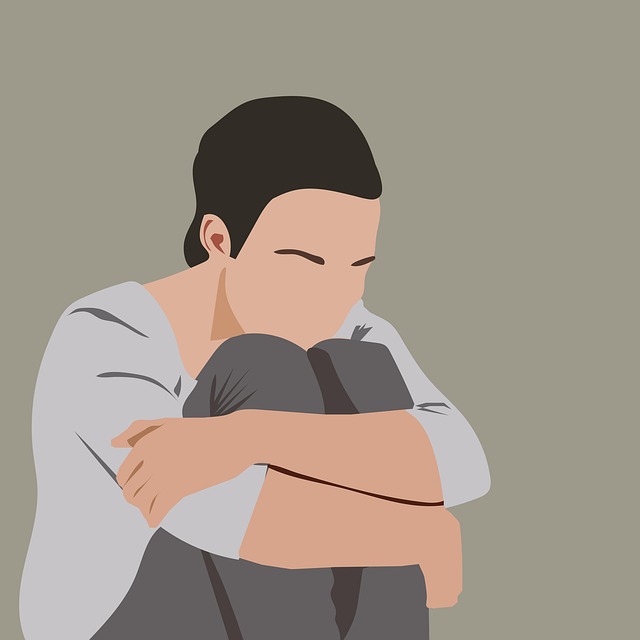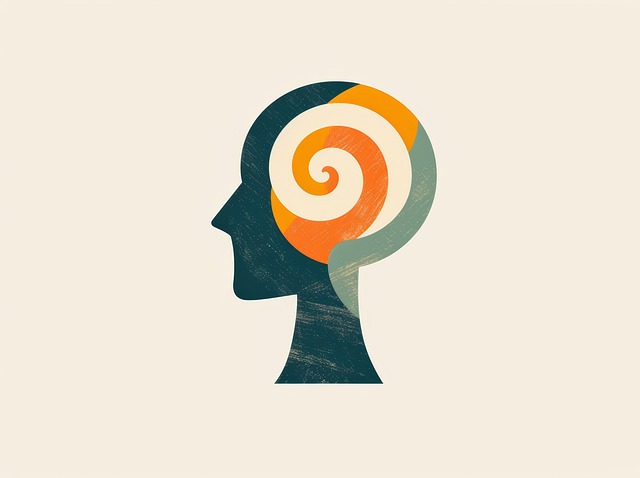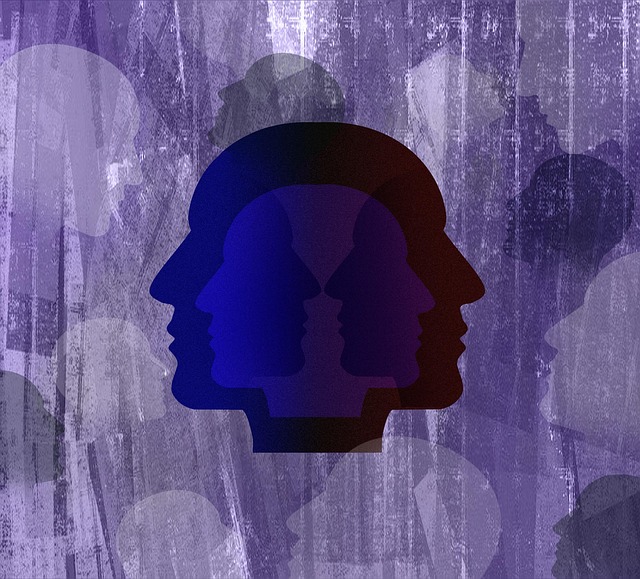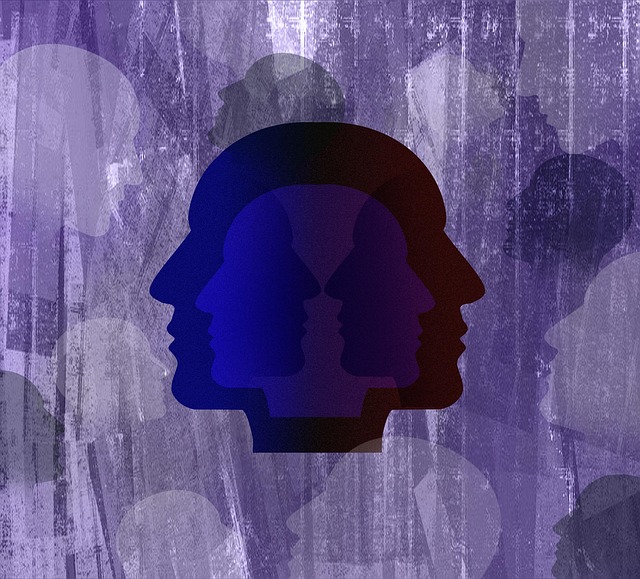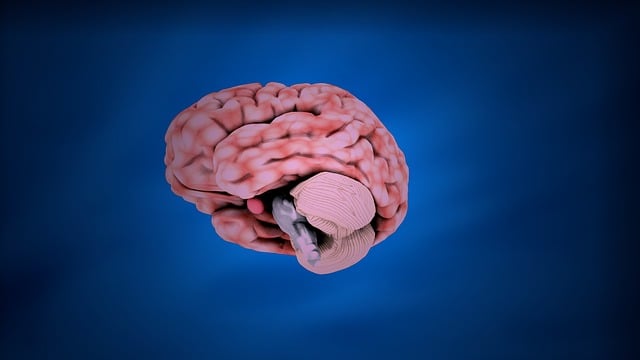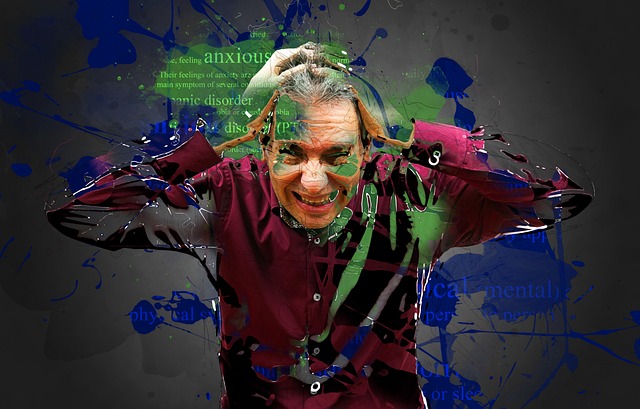Media representation of mental illness shapes public perception and reduces stigma through accurate portrayals of diverse conditions and realistic recovery journeys. Innovative therapies like Broomfield Exposure and Response Prevention (BE RTP) therapy inspire self-care practices and positive thinking. Combining media narratives with professional advocacy, such as Mental Health Policy Analysis and Advocacy, fosters empathy and promotes evidence-based practices. BE RTP empowers individuals to confront fears in a controlled environment, reducing avoidance behaviors and teaching healthier coping mechanisms. Integrating mental health stories in media, coupled with mindfulness practices and cultural competency training for healthcare providers, drives positive change and encourages empathetic responses to those facing mental wellness challenges.
Mental illness representation in media is a topic of growing importance, as storytelling power shapes public perception. This article delves into the challenge of inaccurate portrayals, exploring their profound impact on societal attitudes. We discuss the rise of harmful stereotypes and misinformation, and how these influences can affect individuals struggling with mental health issues. Furthermore, introducing Broomfield Exposure and Response Prevention Therapy (BE RTP) as a potential solution to combat these negative effects, promoting more accurate and compassionate media representations that foster positive change.
- Understanding Mental Illness Representation in Media
- The Impact of Stereotypes and Misinformation
- Broomfield Exposure and Response Prevention Therapy (BE RTP) Explained
- Strategies for More Accurate and Compassionate Portrayals
- Fostering Positive Change through Responsible Media Representation
Understanding Mental Illness Representation in Media

Understanding Mental Illness Representation in Media plays a pivotal role in shaping public perception and fostering empathy. The media has long been accused of perpetuating stereotypes or, conversely, offering nuanced portrayals of mental health struggles. Accurate representation is crucial for promoting understanding and reducing stigma. This involves showcasing diverse conditions—from depression and anxiety to more severe illnesses like schizophrenia—and depicting recovery journeys that reflect reality.
One effective approach gaining traction, especially in therapeutic contexts, is Broomfield Exposure and Response Prevention Therapy (ERP). This method encourages individuals to confront and manage their fears through gradual exposure and modification of responses. By integrating such innovative therapies into media narratives, stories can inspire self-care routine development for better mental health, promote positive thinking, and even encourage participation in Stress Management Workshops Organization.
The Impact of Stereotypes and Misinformation

The media has a profound impact on shaping societal perceptions of mental illness. Stereotypes and misinformation often prevail in storytelling, contributing to the stigmatization of individuals dealing with psychological disorders. These negative portrayals can lead to further isolation and fear among affected persons, hindering their willingness to seek help. For instance, common tropes like portraying individuals with anxiety as overly sensitive or those with depression as helpless perpetuate a one-dimensional view that does not reflect the complexity of mental health conditions.
Addressing these issues is essential for promoting understanding and empathy. Platforms like Mental Wellness Podcast Series Production can play a significant role in countering stereotypes by presenting diverse narratives. Through insightful discussions, these podcasts offer a space for open conversations about various mental health topics, including anxiety disorders and depression. Moreover, initiatives such as Mental Health Policy Analysis and Advocacy are vital to challenging misinformation by advocating for evidence-based practices like Broomfield Exposure and Response Prevention Therapy (ERP). By combining media representation with professional advocacy, we can work towards a more informed and supportive society for those navigating mental wellness challenges.
Broomfield Exposure and Response Prevention Therapy (BE RTP) Explained

Broomfield Exposure and Response Prevention Therapy (BE RTP) is a highly effective approach to treating mental health conditions, particularly anxiety disorders. This innovative therapy combines elements of exposure therapy with response prevention techniques, focusing on helping individuals confront their fears in a safe and controlled environment. Through gradual exposure to triggering situations, BE RTP enables clients to reduce avoidance behaviors and develop healthier coping mechanisms.
The therapy’s core principle lies in teaching individuals to prevent the instinctual responses that reinforce anxiety or panic. By preventing these impulsive reactions, such as escaping or avoiding situations, clients learn to tolerate distress without resorting to maladaptive behaviors. This process empowers them to take charge of their mental wellness and make meaningful progress towards recovery. Additionally, BE RTP can be tailored to suit various mental health concerns, making it a versatile tool in the arsenal of mental wellness coaching programs and burnout prevention strategies for healthcare providers. Self-care practices, when combined with BE RTP, offer a comprehensive approach to managing and improving overall mental health.
Strategies for More Accurate and Compassionate Portrayals

To foster more accurate and compassionate mental illness representation in media, several strategic approaches can be implemented. Firstly, encouraging individuals with lived experiences to share their stories can provide authentic and nuanced perspectives that challenge stereotypes. This approach, known as Broomfield Exposure and Response Prevention Therapy, helps in humanizing mental health struggles and promoting empathy among audiences.
Additionally, integrating practices like mindfulness meditation and self-awareness exercises within media narratives can enhance understanding of internal experiences. Healthcare provider cultural competency training is another vital tool; it equips creators and narrators with the knowledge to portray diverse mental health conditions sensitively and accurately, ensuring that media content not only entertains but also educates and supports viewers on their mental wellness journeys.
Fostering Positive Change through Responsible Media Representation

Media representation plays a pivotal role in shaping public perception about mental illness, and responsible storytelling can be a powerful tool for fostering positive change. By showcasing characters with mental health struggles in a nuanced and accurate light, media platforms can contribute to reducing stigma and promoting understanding. This shift towards more inclusive representation goes hand in hand with evidence-based therapies like Broomfield Exposure and Response Prevention (ERP) Therapy, which focus on challenging negative thoughts and behaviors. Such therapy methods are often effective in treating various mental health conditions by teaching individuals new coping strategies and improving their overall well-being.
Integrating stories that highlight the complexities of mental illness can lead to increased empathy among viewers and readers. This is where Social Skills Training and Empathy Building Strategies come into play, as they are essential components in supporting both media professionals and audiences. Additionally, producing Mental Wellness Podcast Series can provide a platform for sharing personal narratives, expert insights, and practical tips related to mental health, further enriching the conversation and encouraging positive changes in society’s approach to these issues.
Mental illness representation in media has come a long way, but there’s still work to be done. By understanding the impact of stereotypes and misinformation, adopting therapeutic approaches like Broomfield Exposure and Response Prevention Therapy (BE RTP), and implementing strategies for more accurate and compassionate portrayals, we can foster positive change. Responsible media representation is key to reducing stigma and creating a more inclusive society. Let’s continue to challenge narratives that perpetuate harm and embrace those that promote understanding and empathy.
